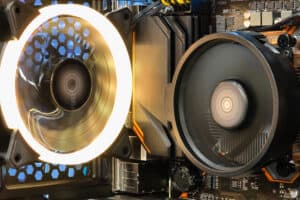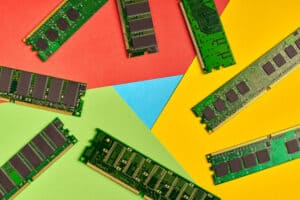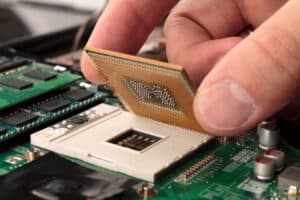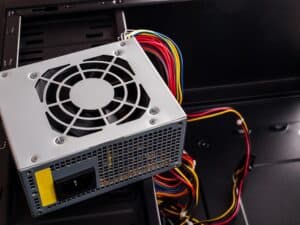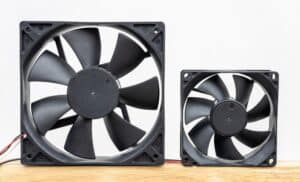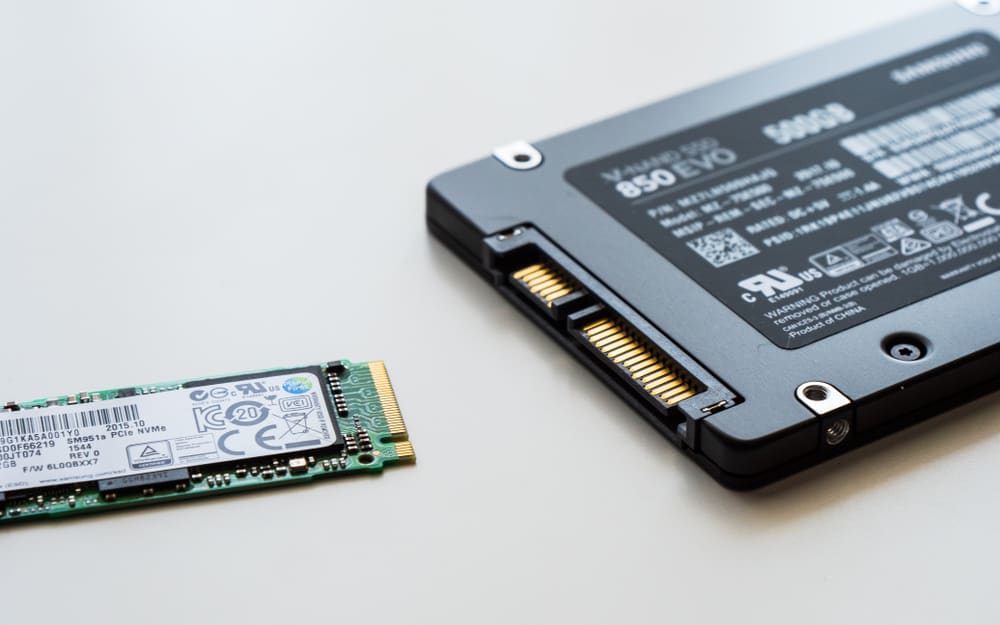
Upgrading your PC is a good decision as it will lead to better performance and increased productivity. But if you are not familiar with the ins and outs of this, you might end up wasting time and money. SSDs are way faster than hard disks, and replacing a hard disk with an SSD will increase your PC’s performance. But not every SSD is compatible with your PC.
To check which SSD is most compatible with your PC, open it up and look at the motherboard, as it is where the SSD will be connected. Check the SSD connectors on the motherboard and compare them to the 4 SSD variants available. Also, check for the space available, as not all SSDs are the same size.
Determining which SSD will go best with your PC is not that hard. You will just need to get into deeper details. But this labor will also payout when your PC’s performance improves because you integrated a compatible SSD.
If you are planning on buying a storage device for your PC, don’t even think about a hard disk. Even the cheapest and slowest SSD will outperform a high-end Hard Disk. So a general rule of thumb is always to buy an SSD.
It will not matter if you have the fastest processor on the planet if your storage drive is slow in data processing. So to properly utilize your PC to its full capacity, you must integrate a compatible storage device (i.e., a compatible SSD). Below, we’ll take a look at a detailed guide that will help you determine which SSD is best for your PC.
Figure Out Which SSD Is Compatible With Your PC
Now, we will determine the best compatible SSD for your PC. Bear in mind that you will need to research on your own to figure this out.
One important thing to note is that all desktops can fit the SATA SSD. Whether your PC is compatible with more advanced versions such as M.2 SATA SSD, M.2 NVMe SSD, or PCI Express SSD depends on if the motherboard contains their respective ports.
Most laptops being manufactured these days have the M.2 port but the only way to confirm this is by checking the manufacturer’s website.
This method requires you to get handy, open up your desktop computer case, and look at the motherboard to identify which SSD port is available on your specific system.
Follow these steps to find a compatible SSD for your PC.
Step #1: Find Out the Drive Your System Supports
Whether you are using a laptop or a desktop PC, the motherboard already has a drive installed. Confirm which SSD type it is. You can also check which storage drives are supported by your system by checking the manufacturer’s website.
Most laptops and desktops support the SSD. But the PCI SSD is only supported by desktops as it requires ample physical space. So make sure you check which drive type is supported on your PC and whether you can fit your desired SSD on your motherboard or not.
Step #2: Find Out the Interface Your System Supports
The next step is to figure out the interface supported by your system. “Interface” is the port where the SSD will fit on the motherboard.
The SATA drive uses a Serial ATA interface to connect to the board. On the other hand, a PCI Express SSD uses a PCI interface.
If you are not sure about the SSD interface of your PC, you can find this information in the user manual that came with it or check the manufacturer’s website if you bought a ready-to-use PC.
Step #3: Find Out the Bus Type Your System Supports
The last step is to find the bus type supported by your system. “Bus” is the pathway via which the SSD sends data to the system.
SATA drives use a SATA bus to convey data. But other SSDs, such as the M2 SSD, can utilize both the SATA and the PCIe bus. So you must find out which bus type is supported by your system before buying one.
If you are unsure about your PC’s bus type, check the user manual that came with it. Or visit the manufacturers’ website.
After answering the above three steps, you can choose the most compatible SSD for your PC.
Conclusion
Almost all PCs these days support the SATA SSD. This SSD is better than any hard disk drive available on the market these days. But still, if your PC can support a more advanced SSD, why not utilize this opportunity?
The best way to find an SSD compatible with your system you need to find whether your motherboard has space enough for the model you are hoping to get, whether your PC supports the interface, and the last thing to figure out is if your PC has the required Bus type for the SSD you want to upgrade to.

